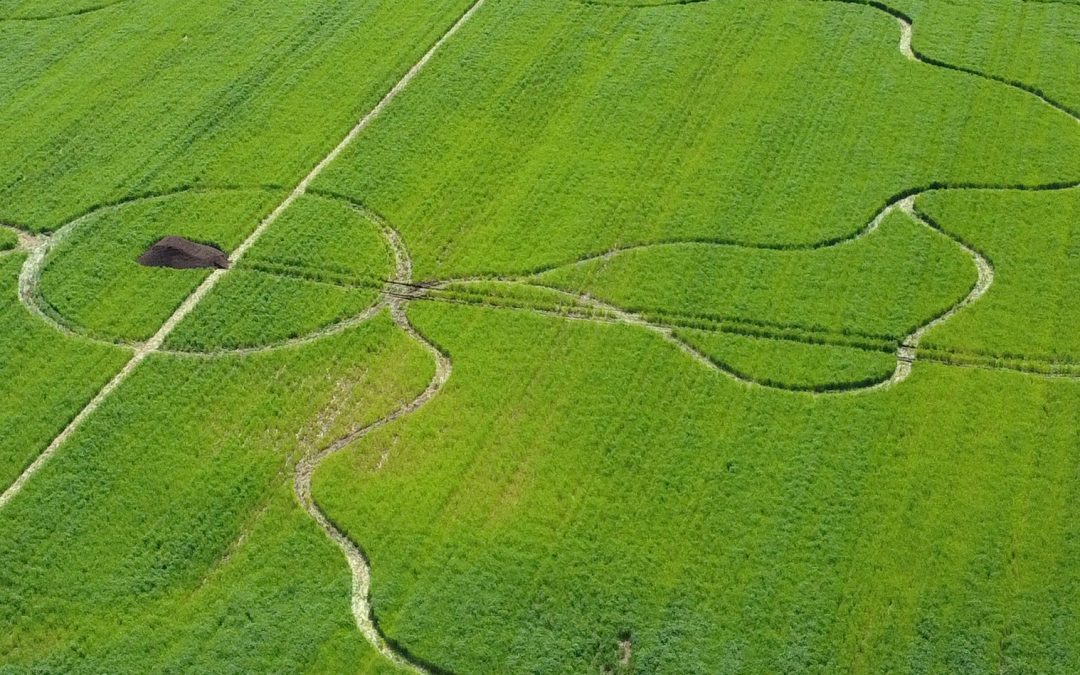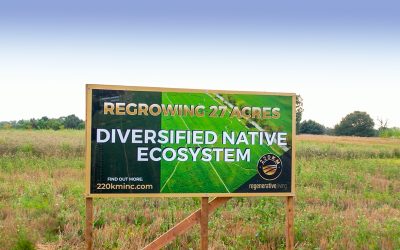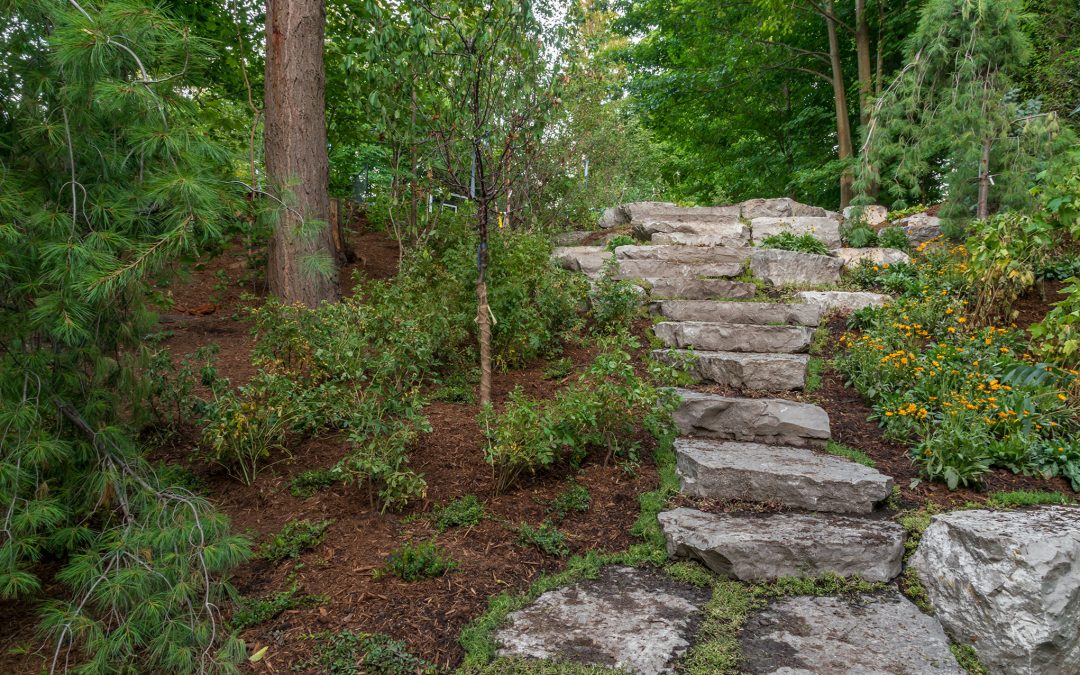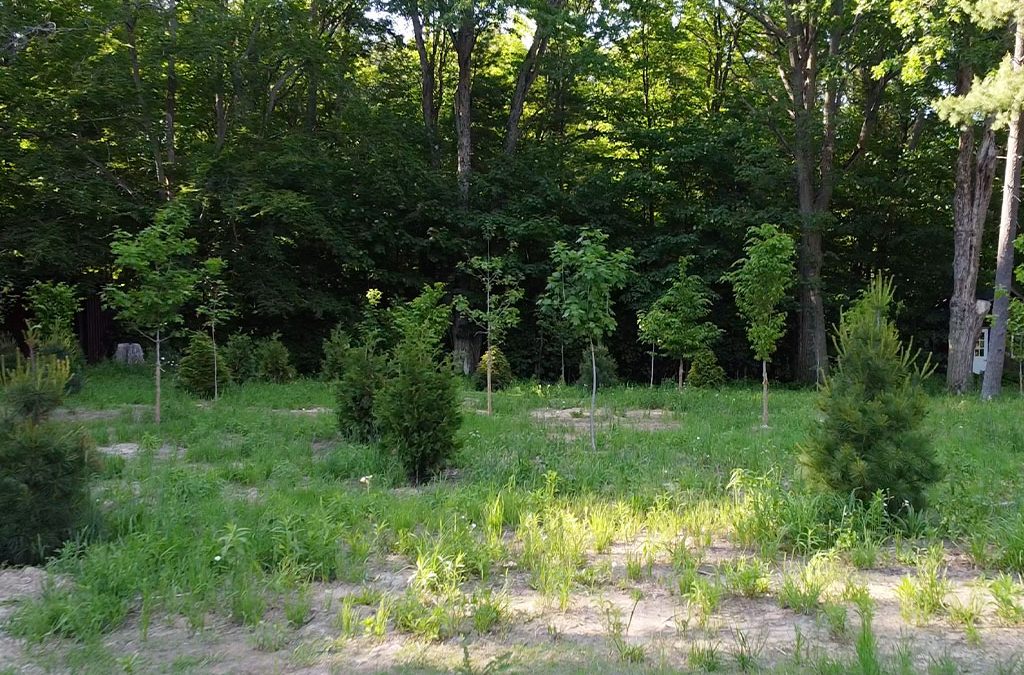Building a Partnership The partnership between Willowgrove and 220KM Inc. is nothing short of serendipitous; together, these two organizations share...

Willowgrove Farms
Willowgrove
Farm
- Land Size: 27 Acres
- Previous Designation: Mono Crop Farm
- Activation Date: June 1, 2021
- Location: Stouffville, ON, Canada
About Willowgrove Farm’s Partnership
The partnership between Willowgrove and 220KM Inc. is nothing short of serendipitous; together, these two organizations share very similar missions, visions and values.
Willowgrove honours the traditional caretakers of the land: the Anishinaabe, Haudenosaunee and Huron-Wendat Peoples. Willowgrove has pledged to care for and use this land respectfully in honour of their history and treaties.
Since its beginning in 1968, Willowgrove farm has kept its pledge to use the land respectfully as a not-for-profit organization with a heavy focus on outdoor experiences and education for all ages. As a pillar of the community, Willowgrove has been a labour of love. To this day, its patrons remain dedicated to serving a diverse community, adopting principles of peace-making and non-violence and caring for the land that God has entrusted to them.
Willowgrove consistently gives back to the community through its educational programming on the land on which it thrives. By providing community outreach and support to agencies such as HOPE, The Yellow Brick House, and the Markham-Stouffville Crisis Pregnancy Centre, women have access to critical job skills development while enjoying the naturally restorative elements of farm life with their children.
Latest Updates From Willowgrove Landscape
Acres of Land
Native Plants
Native Trees
Studies Taking Place At This Landscape
This is a detailed listing of all the types of studies that will be taking place within the Bellehaven Landscape.

Native Plant Research
Researching a vast selection of native plants and trees in a biodiverse environment through their essential oils.
Active Carbon In Soil
Analyzing the soil at each landscape twice a year (spring and late fall) to measure the active carbon present.
Active Microbial Biomass In Soil
Analyzing the active microbial biomass in the soil at each landscape twice a year (spring and late fall).
Wildlife Interaction & Adaptation
Monitoring the wildlife within the area of the landscape to see how they interact with the ecosystem and the plants within them over a period of five to ten years.
Ecological Conditions For At Risk Species
Discovering the ecological conditions to protect rare and vulnerable, threatened, endangered plants and trees through detailed environmental observation and data gathering (weather tracking, soil moisture etc.).
Protecting Genetic Diversity Of Species
Looking at ways to protect the genetic diversity of the various species within a landscape.
Ecological Factors For Native Plant Reproduction & Growth
Understanding the ecological requirements needed for the reproduction of native plants and trees as well as their overall survival and growth.
Isolation Of Essential Oils
Develop methods to isolate essential oils from the plant materials without the use of petrochemicals. Building a rare database of nutritional information about native plants through their essential oil components using UV A & GC Mass Spectrometry.
Regenerative Harvesting & Propagation Methods
Developing regenerative harvesting and propagation methods that best suits the native plant life and their environment.
Companion Planting
Understanding companion planting and how it affects other plants within the environment as well as if they present trace values through the essential oils produced.
Variability Of Active Chemical Ingredients In Essential Oils
Understanding the variability of the active chemical ingredients of the essential oils isolated. Discovering the medicinal/therapeutic possibilities of unique plant oils, 98% of which are not available in the market and less accessible for research.
Biomass Re-distribution
Redistributing the biomass to the landscape after isolating the essential oils generated for use in subsequent years.
Metal Content Present In Biomass & Essential Oils
Observing the metal content of the biomass and the essential oils extracted to understand phytostabilization in order to remediate soil and using the metal nanoparticles for applications worldwide.
Mushroom Cultivation
Cultivation of diversified mushrooms in this forest understory to enable diversified forest products, diversity in revenue streams for agroforestry and value added to non desirable trees.
Mushroom Research
Studying the rare nutritional values in essential oils extracted from mushrooms since it is not possible to get fresh mushrooms into the markets for sale in a fast manner. Also allows human development and training in non-timber forest products and diversification for employment for the forestry workforce.

















